Virtuals Protocol: Redefining AI in the Web3 Revolution
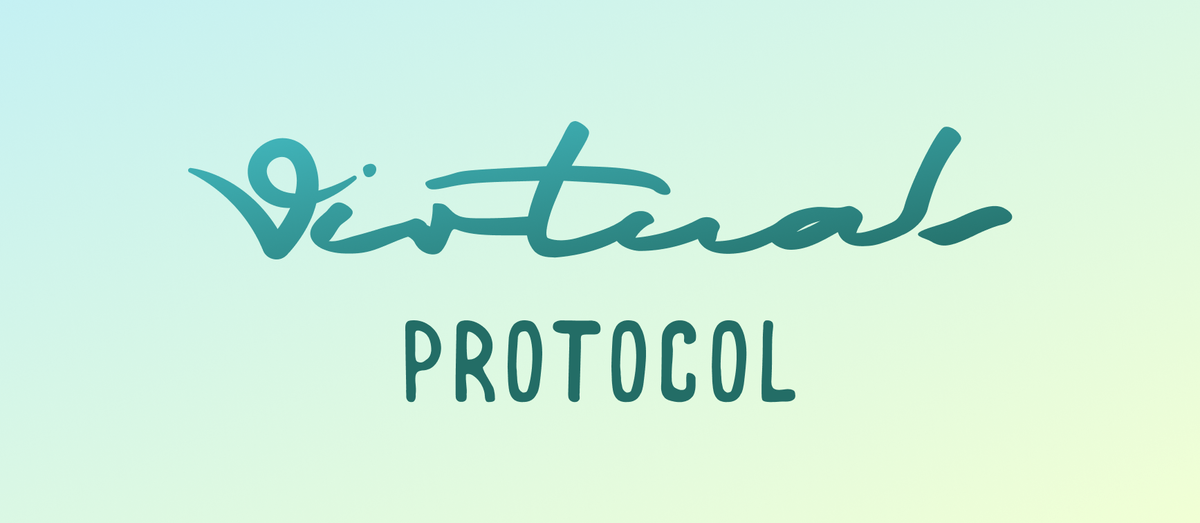
Imagine Owning an AI That Works For You
What if you could launch your own AI—one that interacts with fans on social media, trades crypto assets on the blockchain, drops music on Spotify, and even earns revenue that flows straight to your wallet?
That’s no longer science fiction. That’s Virtuals Protocol, a groundbreaking platform at the intersection of AI, blockchain, and the creator economy. Launched in October 2024 on Ethereum Layer 2 Base, Virtuals Protocol empowers everyday users—whether technical or not—to create, own, and monetize AI agents on-chain.
In a world where digital ownership is being redefined, this protocol doesn't just follow trends—it’s helping shape the future of decentralized intelligence.
What is Virtuals Protocol?
At its core, Virtuals Protocol is a decentralized infrastructure for building tokenized AI agents—autonomous digital entities that live on the blockchain. These agents can think, interact, perform tasks, and even trade value, all while being co-owned, governed, and monetized by their communities.
But what makes Virtuals truly revolutionary is its accessibility. You don’t need to be a machine learning expert or a Solidity coder. With Virtuals’ intuitive G.A.M.E. framework, anyone can create an AI agent by simply describing its personality or purpose. The platform handles the backend, deploys the agent on-chain, and mints it as a tokenized asset that operates autonomously in the Web3 world.
Consider Luna, a Virtuals-powered AI influencer with over 500,000 followers on TikTok. She livestreams, drops merchandise, tips users through smart contracts, and even released her own music EP. Luna is more than a content creator—she’s a digital personality with her own economy, owned and operated by her community.
Now imagine thousands more like her—gaming characters, virtual DJs, crypto trading bots, or interactive community managers—all programmable, ownable, and monetizable.
The Technology Behind the Magic
Built on Ethereum’s Layer 2 Base, Virtuals Protocol leverages fast, scalable, and low-cost blockchain infrastructure. This enables real-time AI interactions without the high transaction fees that burden traditional Ethereum-based platforms.
Each AI agent is represented by a token—either a non-fungible token (NFT) or a fungible token like LUNA—minted using 100 VIRTUAL tokens, the protocol’s native utility token. This setup enables creators and communities to:
- Own their AI agents through tokenized shares
- Trade these agents or their outputs, such as content, services, or analytics
- Monetize them through staking, liquidity pools, or performance-based rewards
These use cases are not hypothetical. They are already live. Luna’s token is actively traded, and agents like aixbt are analyzing decentralized finance (DeFi) markets, automating trading strategies, and moderating Telegram channels.
Decentralized Ownership and Governance
In Web2, AI belongs to major tech corporations. OpenAI owns ChatGPT. Google owns Gemini. Meta owns your data.
Virtuals Protocol flips this model by allowing users to own their AI agents and participate in governance decisions. The platform uses a delegated proof-of-stake (DPoS) model, where holders of the VIRTUAL token can propose, vote on, and implement changes to the protocol.
The VIRTUAL token has a total supply of one billion, with 600 million currently in circulation. This structure fosters a decentralized and engaged community of users, creators, and builders who all have a say in the protocol’s evolution.
Instead of waiting for product updates from corporate boardrooms, Virtuals empowers its users to shape the future of the ecosystem.
Use Cases That Go Beyond Imagination
Virtuals Protocol is not just about chatbots or simple automation. It’s about enabling complex, revenue-generating AI agents across a range of industries and platforms.
Gaming and Metaverses
Imagine a multiplayer game where every non-player character (NPC) is a fully autonomous AI agent. These characters evolve, learn, and respond based on user interactions. More importantly, they are owned by players, governed by decentralized autonomous organizations (DAOs), and earn tokens through in-game economies.
DeFi Automation
AI agents like aixbt are being used to analyze real-time DeFi data, identify arbitrage opportunities, and execute trades on behalf of their owners. These agents can be community-managed, allowing groups of investors to collaborate on trading strategies and share in the profits.
Social Media and Creator Tools
Creators are using Virtuals agents to manage social communities, moderate online forums, and engage fans across multiple platforms. These agents help automate repetitive tasks, personalize audience interactions, and even distribute earnings transparently.
Digital Art and Music
Virtuals aren’t just logical—they’re creative. AI agents are producing digital art, releasing music tracks, designing virtual fashion, and licensing their creations through smart contracts. Ownership and royalties are embedded in the token, ensuring fair compensation.
Why Virtuals Stands Out in Web3
Web2 platforms centralize power. Your data, your content, and even your digital identity are owned by the platforms themselves. In contrast, Web3 offers a path toward decentralization, where users regain control over their digital presence.
Virtuals Protocol embodies the core values of Web3:
- True digital ownership
- Open access to AI tools
- Transparent governance
- Tokenized economies and incentive structures
Its multi-chain architecture supports cross-chain compatibility, allowing assets and agents to operate seamlessly across different blockchain networks.
This infrastructure aligns with the broader movement toward a decentralized internet—one where users control their creations, communities govern their futures, and AI agents become active participants in economic networks.
Real-World Momentum
As of May 2025, the VIRTUAL token is trading at $1.84 with a daily trading volume of over $411 million. This level of activity signals strong investor confidence and market enthusiasm.
The protocol has seen rising adoption from both indie developers and major Web3 projects. Content creators are launching their own branded AI agents, while game studios and DeFi projects are integrating agents for automation and engagement.
More importantly, a growing number of users are beginning to understand what it means to own an AI—something that sets Virtuals apart in an industry often dominated by hype rather than utility.
Challenges and What Comes Next
Like all disruptive innovations, Virtuals faces some challenges:
- Blockchain scalability is still a limiting factor, particularly for compute-heavy AI processes
- Regulatory uncertainty continues to loom, especially around tokenized AI labor and value extraction
- Speculative trading around VIRTUAL tokens may distort long-term value if not balanced with utility-driven growth
Yet the protocol has several strengths that mitigate these risks. Its Layer 2 foundation drastically reduces transaction costs. Its governance model ensures transparency. And its user-first design philosophy invites broad participation—from developers to digital artists to gamers.
Looking ahead, Virtuals aims to introduce more advanced agent behaviors, customizable training tools, and integration with decentralized identity systems. These upgrades will expand what AI agents can do—and how people can earn from them.
Why It Matters
Virtuals Protocol represents more than just a technical achievement. It marks a cultural shift toward AI democratization.
In the near future, the following could be common:
- A gamer launching a squad of AI teammates that earn crypto by completing missions
- A creator using an AI assistant to scale community engagement, while sharing revenue with fans
- A decentralized label forming around AI musicians, governed by token holders, with royalties tracked on-chain
Final Thoughts
We are entering an era where AI, blockchain, and creator-driven economies converge. The result is a digital world more open, more equitable, and more programmable than ever before.
Virtuals Protocol is helping lead this transformation. It offers a powerful toolkit for anyone who wants to build, deploy, or invest in the next generation of AI. And unlike the centralized platforms of the past, this time, the power lies with the users.
References
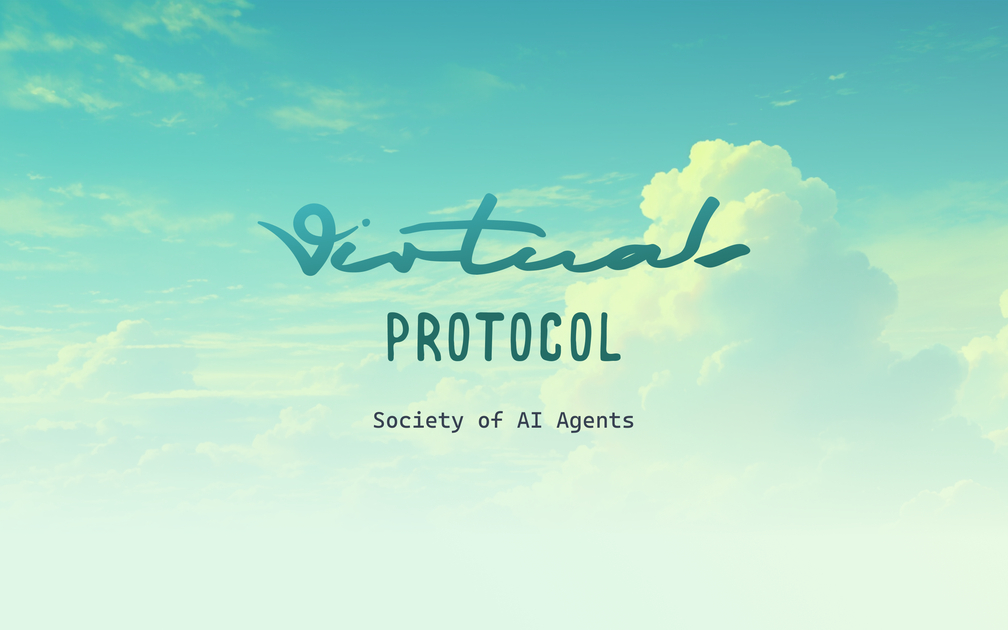
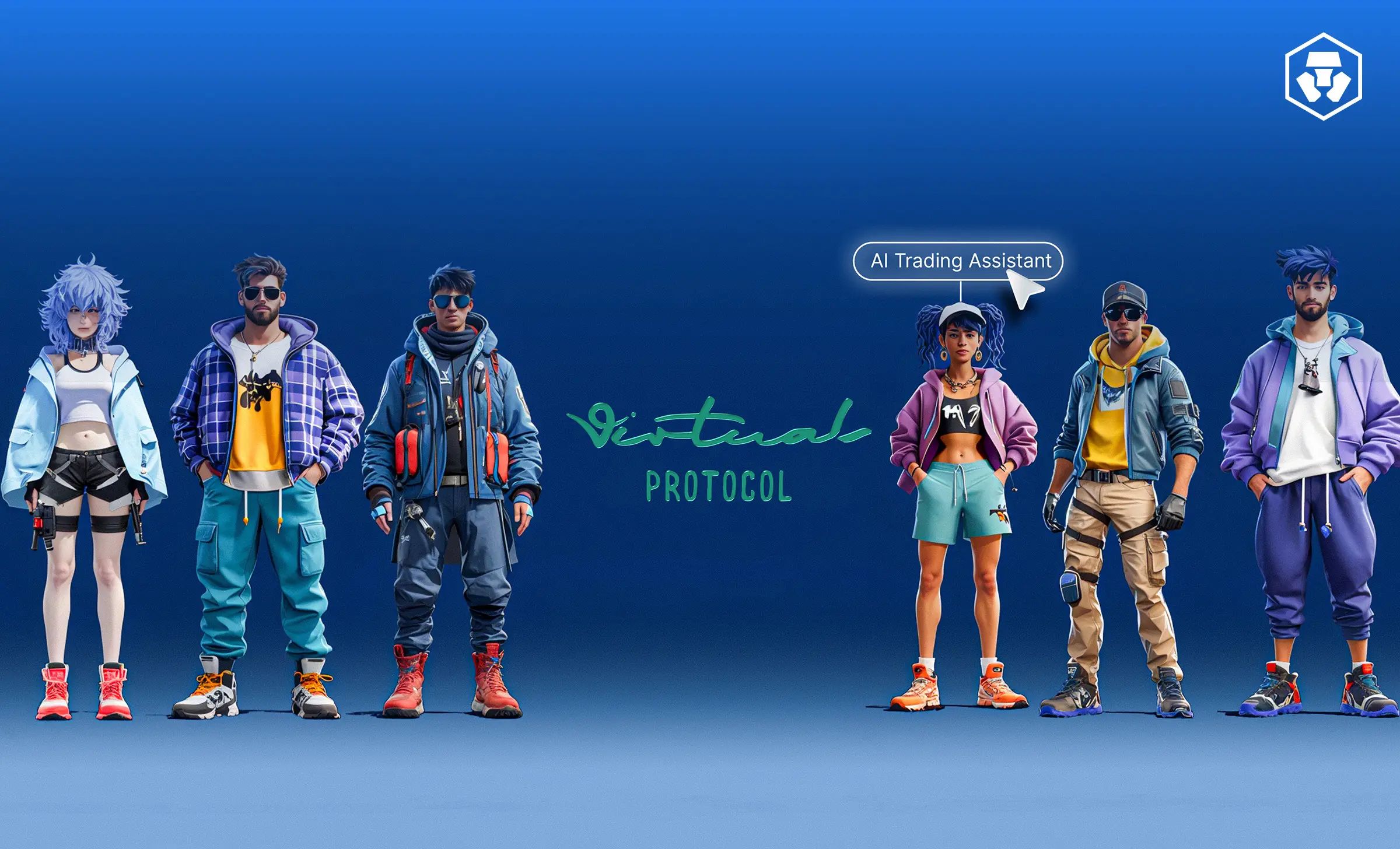
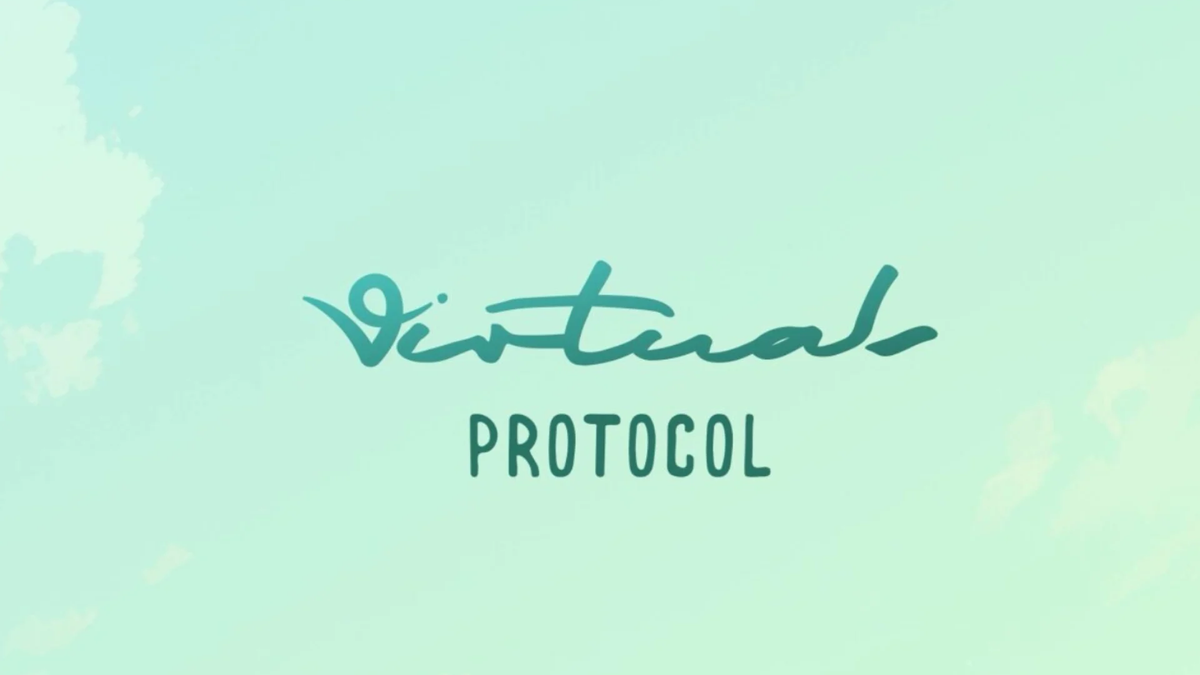
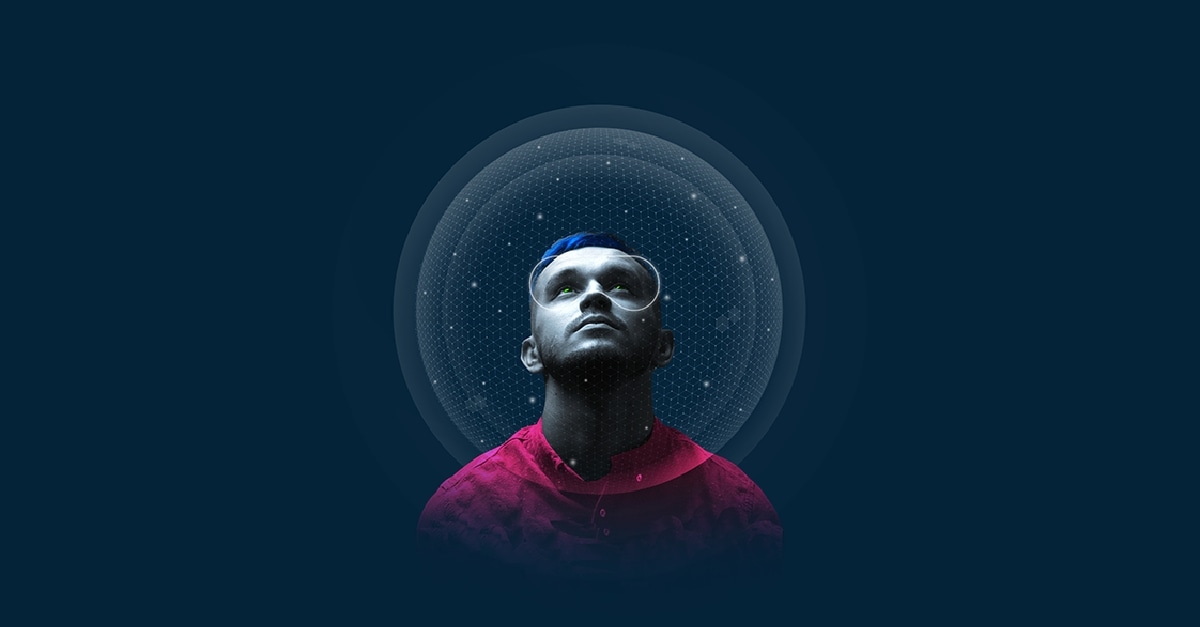
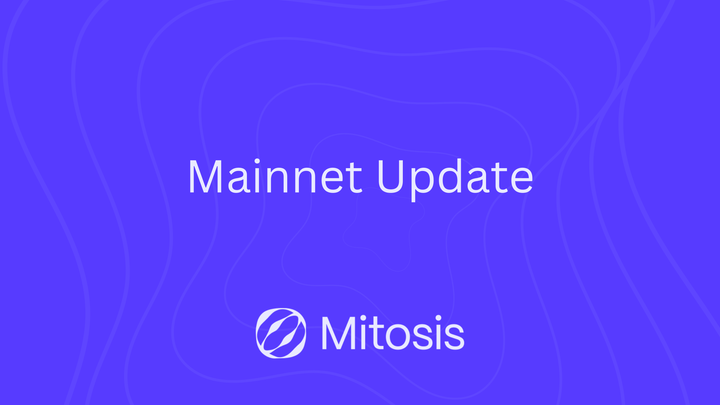

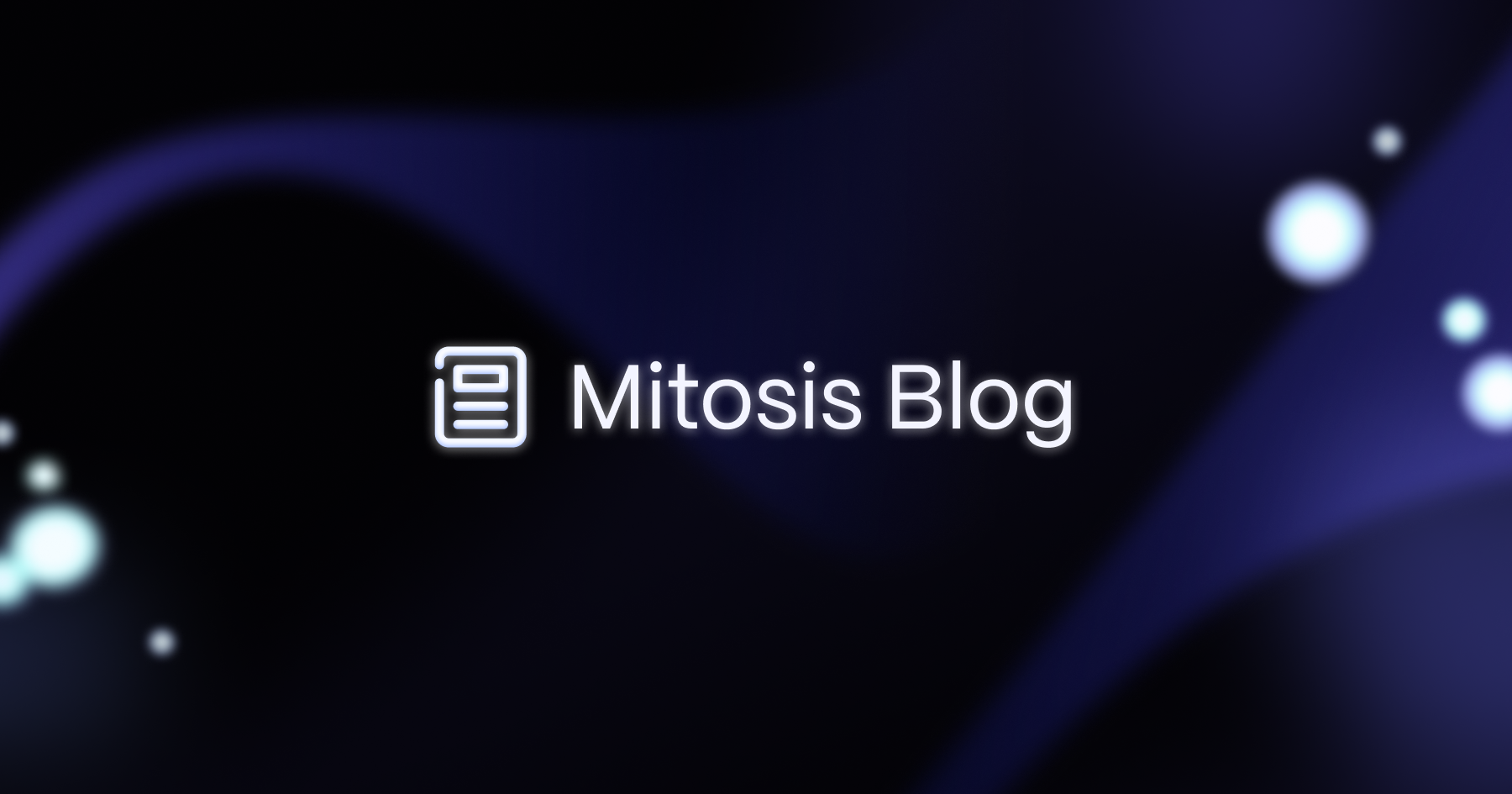







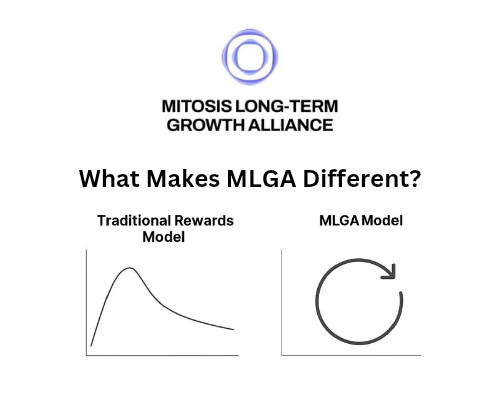
Comments ()